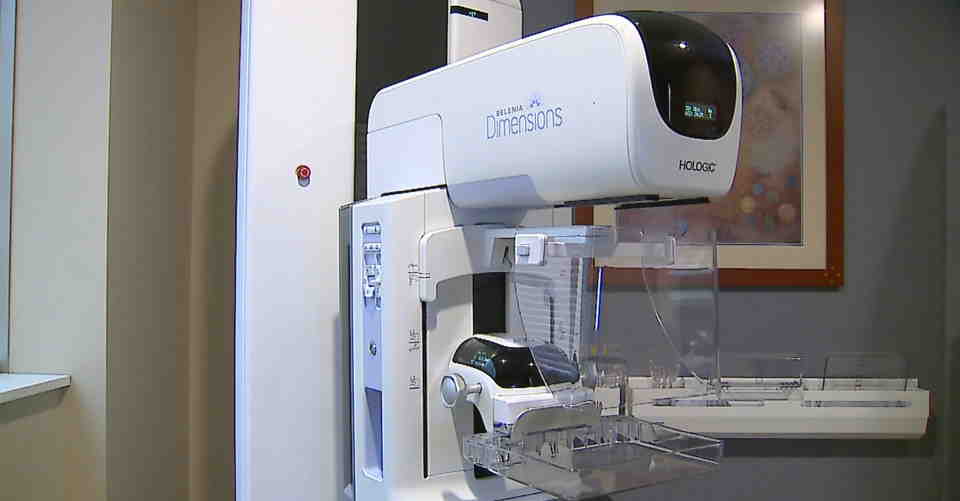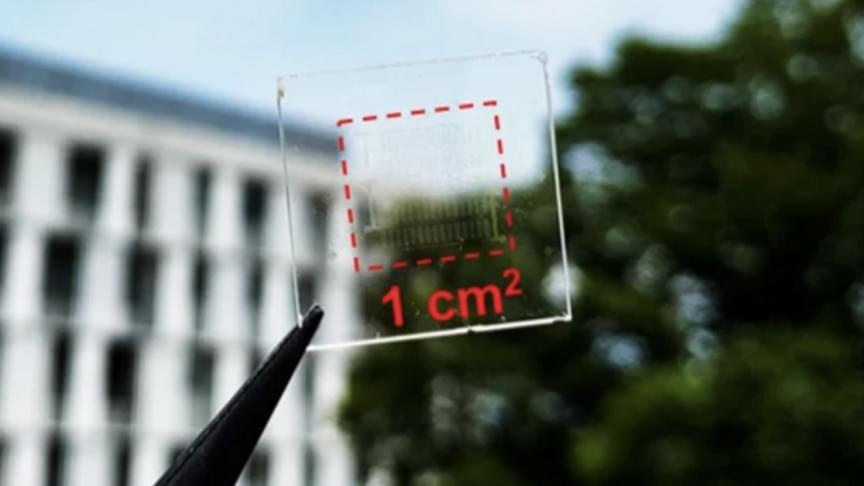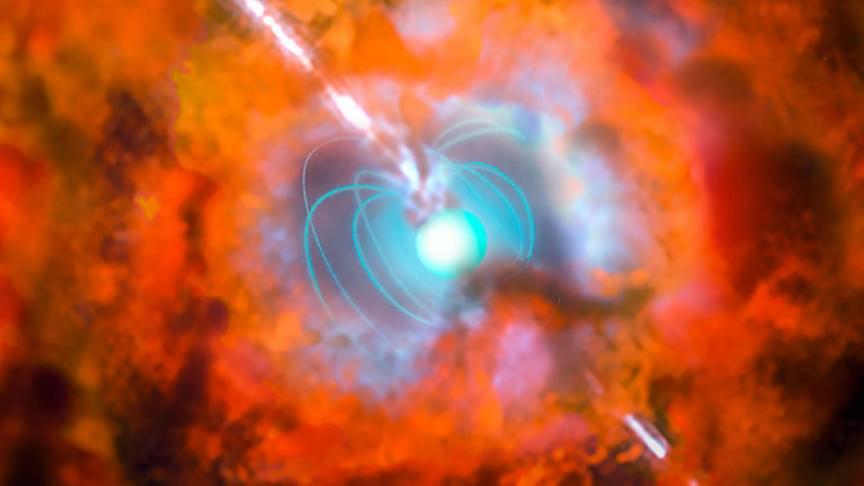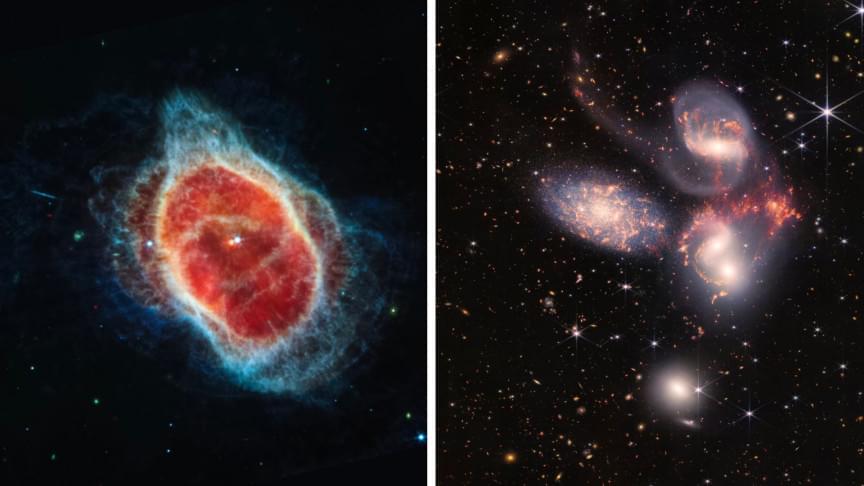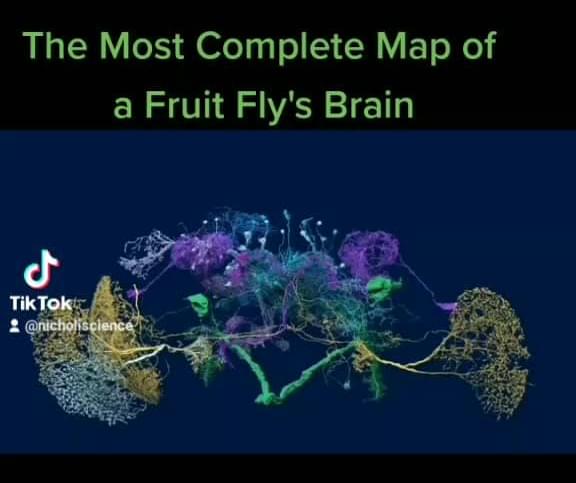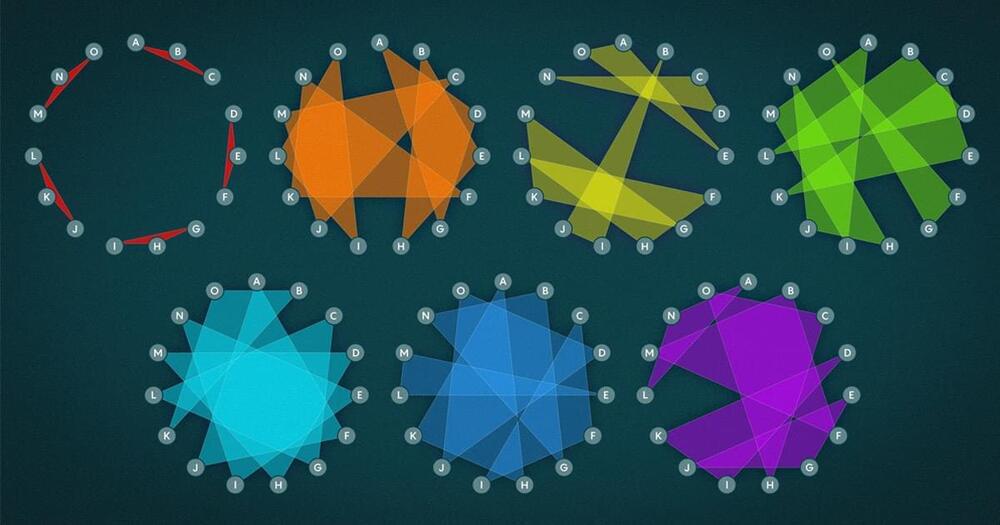When you visit a website, the page can capture your IP address, but this doesn’t necessarily give the site owner enough information to individually identify you. Instead, the hack analyzes subtle features of a potential target’s browser activity to determine whether they are logged into an account for an array of services, from YouTube and Dropbox to Twitter, Facebook, TikTok, and more. Plus the attacks work against every major browser, including the anonymity-focused Tor Browser.
“If you’re an average internet user, you may not think too much about your privacy when you visit a random website,” says Reza Curtmola, one of the study authors and a computer science professor at NJIT. “But there are certain categories of internet users who may be more significantly impacted by this, like people who organize and participate in political protest, journalists, and people who network with fellow members of their minority group. And what makes these types of attacks dangerous is they’re very stealthy. You just visit the website and you have no idea that you’ve been exposed.”
The risk that government-backed hackers and cyber-arms dealers will attempt to de-anonymize web users isn’t just theoretical. Researchers have documented a number of techniques used in the wild and have witnessed situations in which attackers identified individual users, though it wasn’t clear how.

